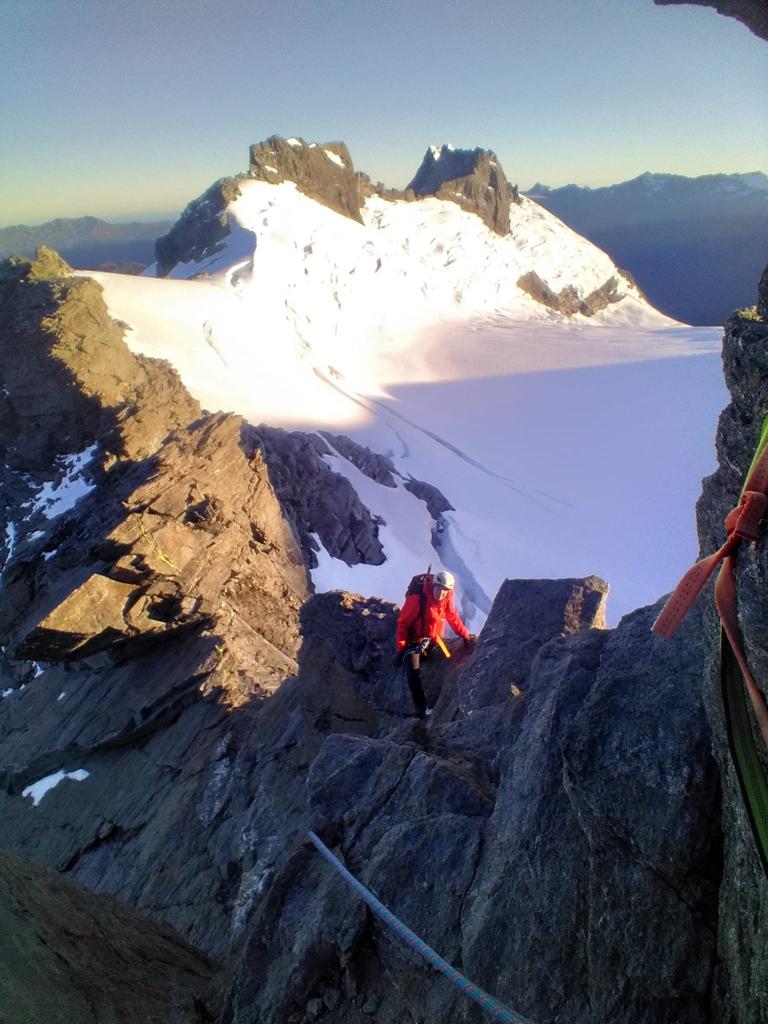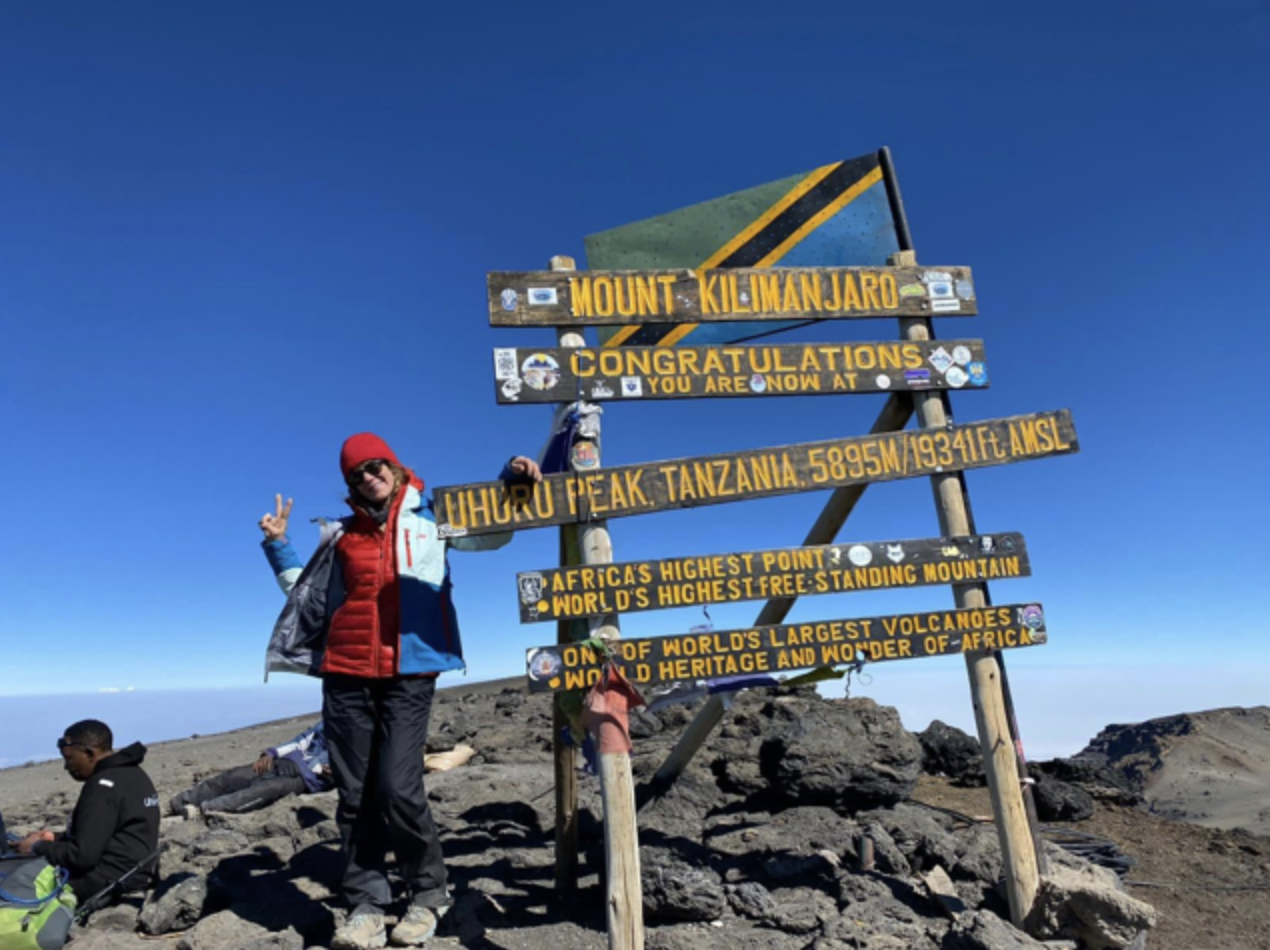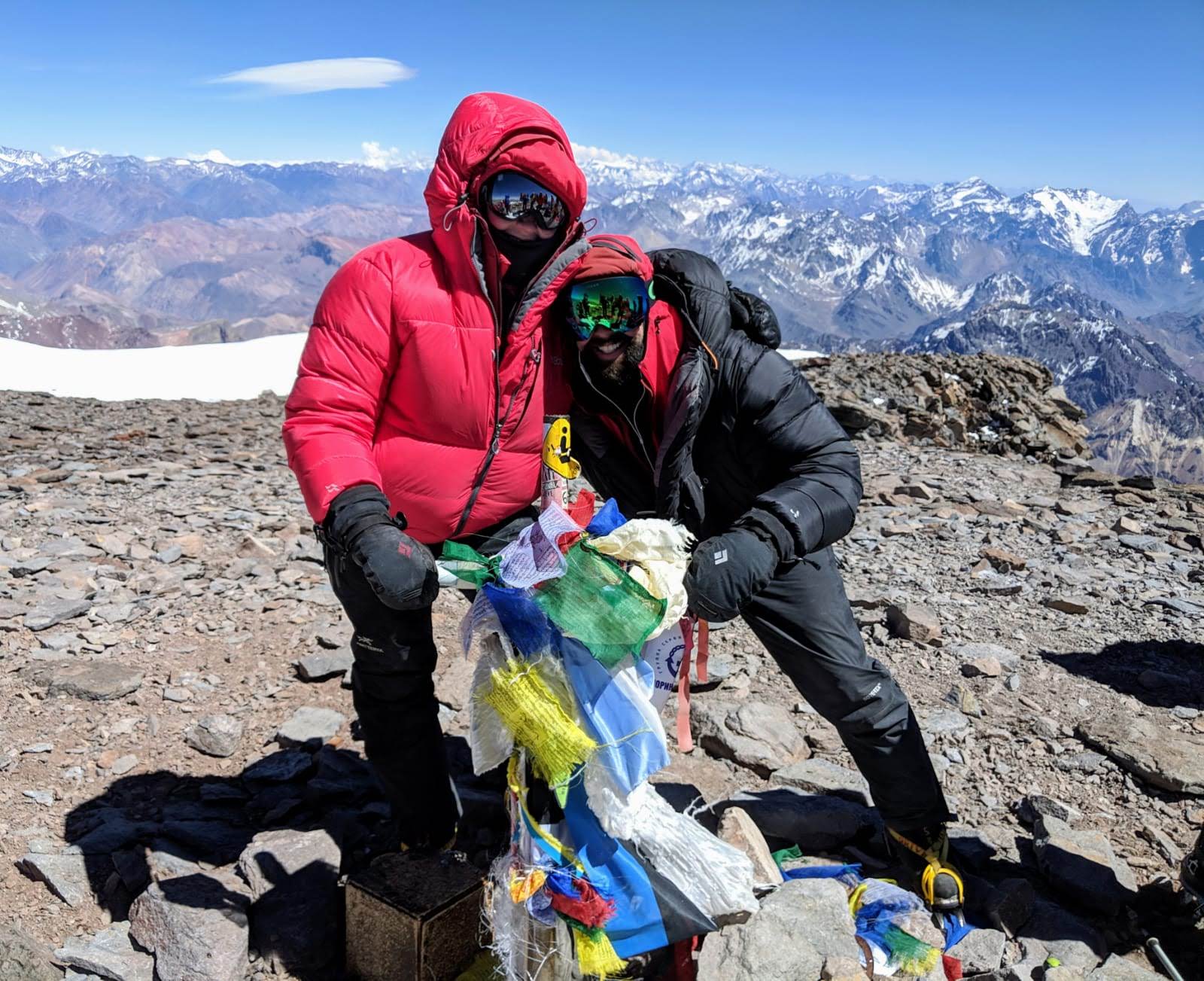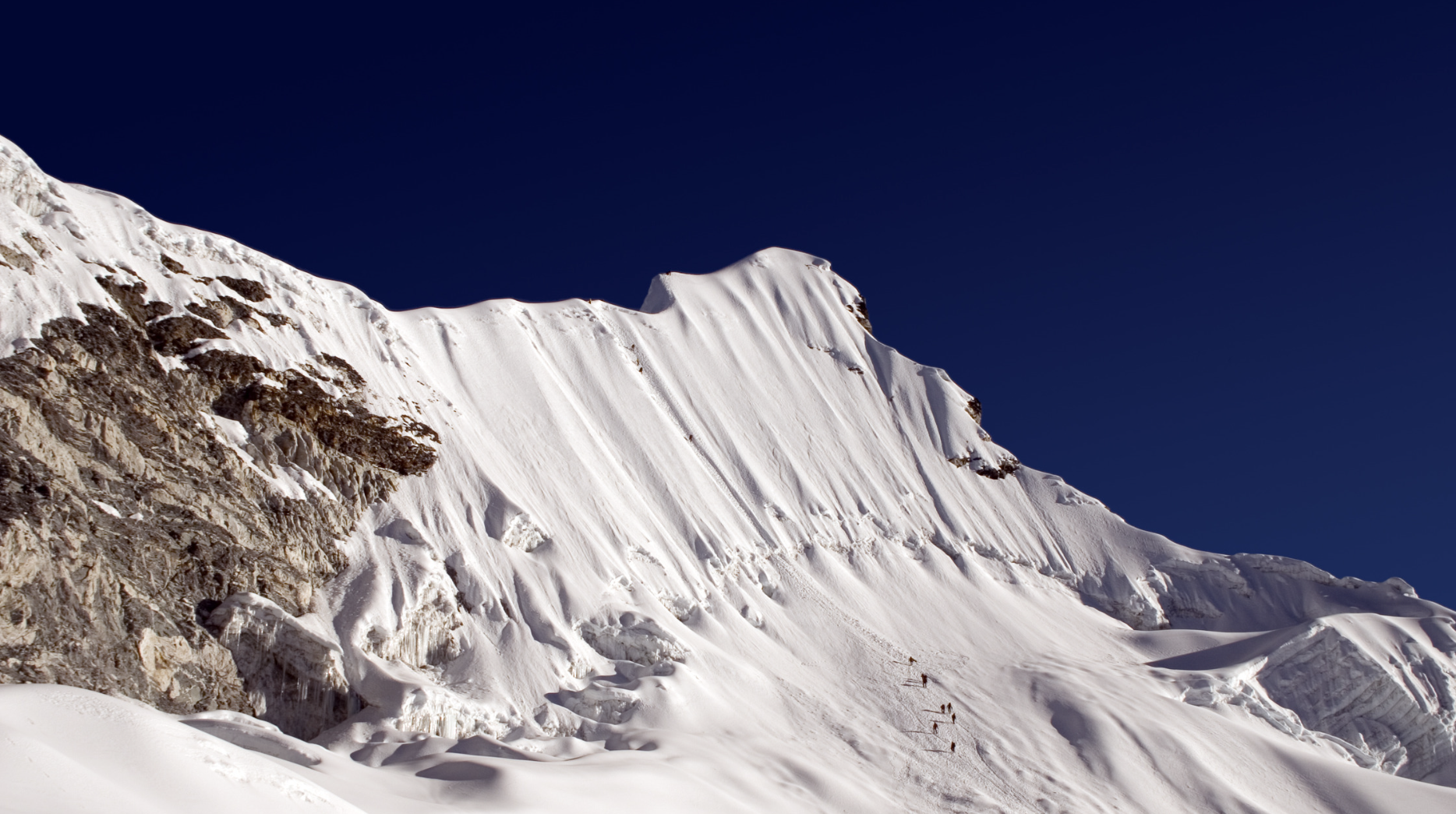Updated: Jun 6, 2020
Your Summit attempt is the accumulation of all the time, effort, and dedication and drive that you’ve had to put in just to get to that starting point. Knowing your final ascent in as much detail as possible is an important aspect for anyone preparing for Aconcagua.
Keep reading through this blog and you’ll get to a tip that I use for myself and for my clients that can make the difference between victoriously reaching the Summit and turning around defeated.
The Summit Route is the same for both the Normal Route and the Vacas Valley Route. The only difference is whether or not your lead guide has decided to camp at Berlin Camp (5,940m) or at Camp Colera (5,980m). There isn’t too much difference between the two apart from a 40m vertical altitude difference. So we’ll start from the slightly higher camp. In total, the summit route can take between eight and ten hours to the top, followed by three of four hours to get back down.
From the starting point at Camp Colera, it is a long, steep climb up over scree and in between small boulders to get over the first initial slope. This section normally takes about two hours so be prepared to settle into some hard work from the moment you start. At the top of that slope is a large rocky, fairly sheltered area where most people take a break.
From there, you’re next resting point will be Independenica Hut. It is an okay climb between the first and second resting spot, okay being okay in comparison to the short, steep bit you would have just climbed. At Independencia Hut you’ll put on your crampons and get out your ice axe.

The next bit is a short, steep section, but properly short, not two hours short. From your resting spot at Independencia Hut you can see the top of the short steep section. Depending on the wind speed, as you come over the short, steep section, you will be blasted with wind because you are now onto the long, exposed traverse section. If you’re lucky and there isn’t much wind then coming over this little ridge is a piece of cake, but if you’re not, you will need to really dig your crampons firmly into the ice/ground as you come over it.
At the start of the long, exposed traverse, you can see a cluster of rocks about half way that group together and form the tiniest bit of shelter. One of the rocks is large and tall and is in a Christmas tree type shape. It doesn’t look far away but it is, so keep your head done and just focus on taking one step at a time. After the rocks you still have half of the long, exposed traverse to go and a steep climb through scree and small boulders to get to the safety of the Cave.

The Cave is just that, it’s a very sheltered area with vertical, cliff like walls all around it except for one side that over looks the valley. You will have a longer break here and more than likely stash your backpacks there, taking only the bare necessities with you to the Summit – ice axe, fluids, camera. The viewpoint from the Cave is spectacular and the best place to take a moment and just pull yourself together mentally and emotionally while you are safe from the battering wind. From the Cave, the summit looks close but you’ve now got to the hardest part of your summit attempt. It is really at this point that you need to pull it together and dig deep, giving every bit of your grit, tenacity and determination to make it to the top. A lot of people say “if you can make it to the Cave then you can make it to the Summit” which unfortunately makes it sound like smooth sailing from the Cave but the truth is, you will need to dig deep and truly endure through this section. La Canaleta is a mixture (depending on the weather) of scree, snow, ice and small to medium boulders the height of three or four steps of a flight of stairs. The scree on La Canaleta is so steep that with each step you take, you slide a little bit backwards. There are plenty of places to pull off and rest but aim to be slow and consistent rather than fast and inconsistent. Resting in this section makes it hard to get up and keep going. La Canaleta can take up to about two hours depending on your pace but just concentrate on taking each step safely and securely and you will get there.

Focus on the fact that it is not a matter of if you will make it but when.
You’ll finish La Canaleta by weaving through some big boulders and taking the final big steps up onto a platform. The view is breath taking. In that moment, you should know, that you are the highest human being on earth. Because of the way the climbing seasons work, there is no one climbing over in Asia, which means any climbers on the Summit of Aconcagua, are the highest in the world.
An effective and powerful tip for your Summit attempt:
Don’t view your summit attempt as one big push from Berlin Camp/Camp Colera all the way to the Summit. Break it down into sections and just focus on getting through each section rather than thinking about the whole thing. You will be exhausted, mentally, physically and emotionally and thinking about a 10 hour climb when you are already fighting through the first hour of your climb can demotivate you and lead you to believe that you won’t make it.
Your goal is to just make it to the next section. Then the next section, then the next, then all the way to the Summit. As you make it through each section, mentally tick it off in your mind and then focus on the next section. Write these seven sections down on a post it note and memorise them. Look at photos and learn what each section looks like and then when it comes to your Summit attempt, take it step by step and one section at a time.
- Long, steep climb
- Independencia Hut
- Short, steep section
- Long, exposed traverse
- Cave
- La Canaleta
- Summit
I actually have 11 best tips and practices for your Summit attempt as well as a detailed, personal account of climbing Aconcagua in my book “A Step-By-Step Manual To Mountaineering & Trekking Around The World”. If you found this tip useful then I guarantee you will find the other 11 best tips and practices even more beneficial, as well as all the other mountaineering and trekking advice that no one would have told you before from training, to nutrition to the essential gear list to all the other tips and tricks that only come with experience.
If you’re taking the time to read the Summit route of Aconcagua, I am going to assume you have booked your adventure or on the verge of doing it. All I can say is… you will come back a changed person. The journey to the Summit of Aconcagua is transformative in all its aspects – physically, mentally and emotionally. It is a once in a lifetime opportunity that most people only dream of doing. Take advantage of the opportunity and give it everything you’ve got. Aconcagua will require nothing less and nothing more.
Here’s to your adventure, may you breath the fresh, summit air of this 6,962m mountain.





